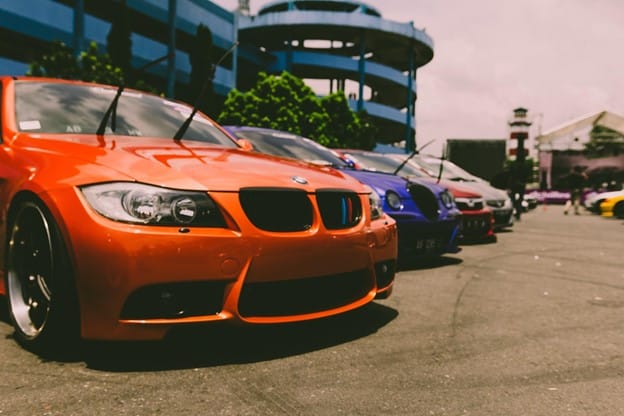0 items - £0.00
No products in the basket.

The customization scene for car enthusiasts has been growing over the years that the niche movement is slowly gaining traction. Car enthusiasts who enjoy customizing their car have been gathering to share their own personal tastes and preferences.
Motor shows and other automotive events have been held to bring these people together to showcase their designs and sometimes hold competitions to award the best among the rest.
To a lot of people, car enthusiasts online and on shows make the process of customizing car body kits look easy, but many factors come into play when coming up with a project.
The number one thing car enthusiasts need to take into consideration is budget. Customized body kits don’t come cheap. For many car enthusiasts, budget starts becoming a head scratcher when it comes to coming up with a great design.
However, thanks to these motor events car enthusiasts around the country can talk about which kind of body kit to purchase, what material to use, and how to install the body kits onto their cars.
To get a better idea of how to budget your next custom design, the car enthusiasts at Ausbody Works give us an overview of need-to-know facts:
Over the last couple of decades, four kinds of body kits have been the go-to for customizing cars:
Lip kits are a great start for newbie enthusiasts. They’re relatively cheaper in the market, but their designs can vastly improve the look of a car and still be easy to install—you literally just need to bolt them in!
Bumper kits are another type of kit that can also make obvious improvements to a car. Replacing factory bumpers with these bad boys gives character and weight to an otherwise ordinary look.
Wide-body kits extend a car’s fenders as well as use broad bumpers to widen the profile of a car. This kit is a staple for most more experienced car enthusiasts, and for others it’s a great reason to replace their banged-up car bumpers.
Full body kits are the biggest investment among the four as it usually involves a complete redesign of a car’s body from front to back. Experienced enthusiasts recommend working on a specific area first to stagger the cost.
Aside from these four kits, some car shops can offer to fully customize kits to really show the personality and uniqueness of an enthusiast’s car for a price.
Another big factor that cuts into the cost of car customization is the type of material your body kits can be made with. Picking and choosing is not so easy since each material offers different pros and cons:
One of the most common types of material is fibreglass. It’s easy to find on the market and is relatively cheap. Fibreglass is also ideal for outside exposure because of its resistance to temperature. However, fiberglass can be prone to buckling in compression if not made correctly.
Next on the list is a more durable, more resistant, but more pricey material called polyurethane. A step up from fibreglass in terms of material strength, but tends to deform in high temperatures.
Last among the usual picks is carbon fibre. Carbon fibre is an extremely strong and light material. While the carbon fibres themselves are not affected by moisture, the binding polymers which keep the carbon fibres together can. This can be moderated depending on the polymers use, but of course comes at a hefty cost.
Some car enthusiasts use composite materials which are a mix of the common types of materials stated above. Composite materials are relatively cost effective as they offer some level of strength and wear at a cheaper cost when compared to using full on polyurethane or carbon fibre, for example.
Body kit modification and installation does not come cheap. Custom kits are different from factory kits and may not easily fit into a car’s chassis. It’s advisable that you consult with a trustworthy body shop who can install your kits within a reasonable time.
Keep an eye out for shops that specialize in working specific materials as well as they are better equipped to handle the kind of material your kits are made of. If your kits are made with carbon fibre, it would be best to consult with a shop that is better equipped to work with carbon fibre.
At the end of the day, the best way to decide on which kit or material to build your new custom design with is to ask the help of more experienced enthusiasts as well as professionals.
The key here is research! Being informed about the shops around your vicinity, the rates, and body shop specializations will go a long way when planning for your award-winning car customization.

Development Office, Unit 211 East London Works, London, E1 1DU
© 2017 3Dom Wraps | Terms & Conditions | Privacy
Created with love @ 